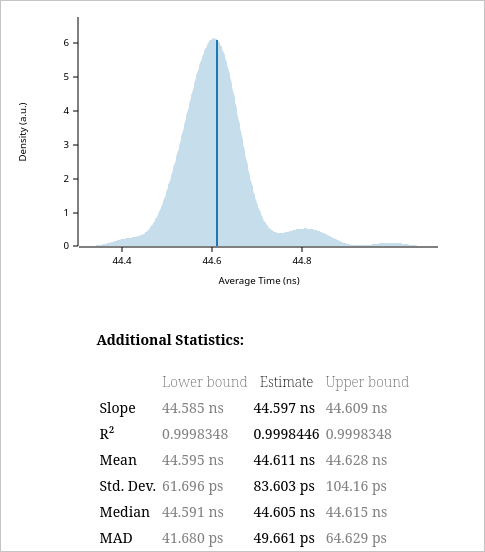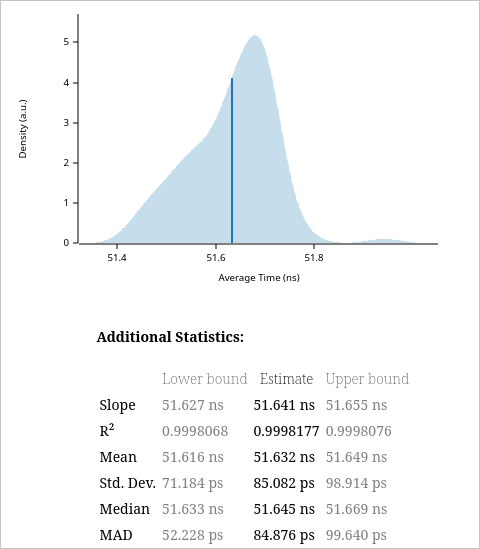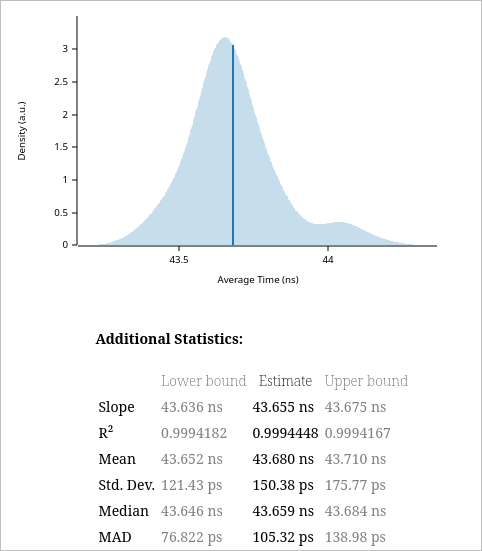time
this isn’t an introspective post nor about how great the Inception song is…
Here is a quick test to see how well the, as of writing, main datetime libraries in Rust handle unix timestamps.
I had always thought that datetimes were stored as integers relative to epoch, a few additional attributes to capture timezone and resolution, and a bunch of methods to extract info as needed. It turns out, both libraries in Rust store date and time separately with date being captured as year + day of year + other stuff and time captured as secs and fractional seconds (apparently leap seconds exists ¯\(ツ)/¯). I have no idea why ordinal dates are used but i imagine there’s a reason (personally, never had a use case for it as a user).
The following just converts a given timestamp to a calendar date and back.
chrono
fn chrono_bench(ts: u64) {
DateTime::from_timestamp(ts as i64, 0).unwrap()
.date_naive().and_hms_opt(0,0,0).unwrap().timestamp();
}
// chrono time: [44.748 ns 44.774 ns 44.811 ns]
// change: [-3.1965% -2.1425% -1.3246%] (p = 0.00 < 0.05)
// Performance has improved.
// Found 6 outliers among 100 measurements (6.00%)
// 1 (1.00%) low mild
// 2 (2.00%) high mild
// 3 (3.00%) high severe

time-rs
fn time_bench(ts: u64) {
OffsetDateTime::from_unix_timestamp(ts as i64).unwrap()
.date().midnight().assume_utc().unix_timestamp();
}
// time-rs time: [51.653 ns 51.672 ns 51.693 ns]
// change: [-14.726% -10.086% -6.0346%] (p = 0.00 < 0.05)
// Performance has improved.
// Found 9 outliers among 100 measurements (9.00%)
// 5 (5.00%) low mild
// 1 (1.00%) high mild
// 3 (3.00%) high severe

eras (howard’s version)
I found this algorithm years back and have decided to implement it. One thing i found neat was that it treats March 1st as the start of the year to simplify leap years.
pub fn iso_to_days(mut y: i32, m: i32, d: i32) -> i32 {
// days since epoch 1970-01-01
y -= (m <= 2) as i32; // logic treats March 1 as start of year to make leap years easier
let era = if y >= 0 { y } else { y - 399 } / 400;
let yoe = (y - era * 400).abs();
let doy = (153 * (if m > 2 { m - 3 } else { m + 9 }) + 2) / 5 + d - 1;
let doe = yoe * 365 + yoe / 4 - yoe / 100 + doy;
era * 146097 + doe - 719468
}
pub fn days_to_iso(mut days: i32) -> (i32, i32, i32) {
days += 719468;
let era = if days >= 0 { days } else { days - 146096 } / 146097;
let doe = (days - era * 146097).abs();
let yoe = (doe - doe / 1460 + doe / 36524 - doe / 146096) / 365;
let doy = doe - (365 * yoe + yoe / 4 + yoe / 100);
let mp = (5 * doy + 2) / 153;
let d = doy - (153 * mp + 2) / 5 + 1;
let m = if mp < 10 { mp + 3 } else { mp - 9 };
let y = yoe.abs() + era * 400 + (m <= 2) as i32;
(y, m, d)
}
fn eras_bench(ts: u64) {
let (y, m, d) = days_to_iso((ts / 86400) as i32);
iso_to_days(y, m, d) * 86400;
}
// eras time: [43.761 ns 43.790 ns 43.821 ns]
// change: [-5.4260% -4.5470% -3.7963%] (p = 0.00 < 0.05)
// Performance has improved.
// Found 5 outliers among 100 measurements (5.00%)
// 1 (1.00%) low mild
// 1 (1.00%) high mild
// 3 (3.00%) high severe

python
Just because…
datetime.datetime.fromordinal(
datetime.datetime.fromtimestamp(ts).date().toordinal()
).timestamp()
# 2.58 µs ± 186 ns per loop (mean ± std. dev. of 7 runs, 100,000 loops each)
conclusion
use chrono